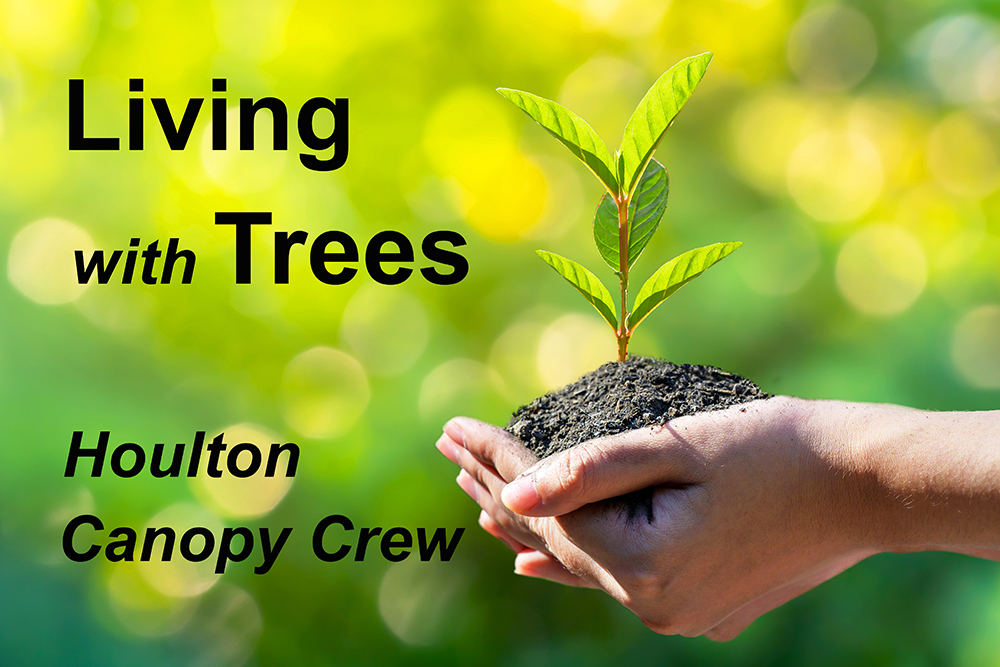To celebrate pollinator month this June, we wanted to focus on what we can do to support pollinator health in our own backyards. While the poster children of pollinators, butterflies and bees, will appreciate it, so will the many other pollinators, including wasps, flies and bats.
Pollinators of all kinds also are a hugely important part of our agriculture — many of the foods you enjoy from the store are brought to you by the hard work of farmers and our flying friends. Creating a pollinator-friendly yard can be as simple as planting a garden box with pollinator-friendly plants. In Maine, those can include wild geranium or lupine, bee balm or woodland sunflower, and white wood aster or white turtlehead. Planting multiple flowering plants that bloom in different seasons will not only provide a steady food option for our local bees and butterflies, but also will be beautiful to look at for many months.
As any gardener can tell you, the enjoyment of gardening can be interrupted by unwelcome visitors in the form of pests. It can be difficult to know if using pesticides is the right thing to do, and certainly it should be avoided if at all possible. If the pests are too much to manage with natural remedies, and pesticides must be used, there are ways to reduce the damage to the pollinator population. Always follow the directions carefully. It is improper use of pesticides that could create the most damage.
The best time to use it is when the plant is not in bloom and less likely to attract insects. If the plant is in bloom, use it after the sun has set, when most of our pollinators have taken shelter for the night. Take it a step further and explore pest-control options that drop the use of pesticides. Co-plant varieties of plants such as basil, marigolds, chives or chrysanthemums in your garden; these plants are known as being a deterrent to certain pests such as mosquitoes, beetles or aphids.
The most important part is enjoy being outside. Pay attention to the beautiful plants blooming in your yard or around town. See how many different kinds of bees, butterflies, and other insects you can find. If you look carefully, you might be able to see the “pollen baskets” carried by certain species of bees. Honeybees convert nectar into honey for food, but pollen is another important food source for them and other insects. If you see a bee flying around with a bright yellow or orange deposit on their back legs, you have identified a bee collecting pollen to take home, much like us on our way home with our grocery bags.
Some butterfly populations, like the iconic monarch butterfly, come across pollen on their way to feed on the nectar of the plants. They must visit numerous plants in order to store enough energy to make the long migration to Mexico for the winter months.
Gardens, both the kinds that provide you with home-grown food or beautiful flowers (or both), add to our human enjoyment. It is important to ask yourself the question, however, of how to create a garden that also benefits the natural world around you.
Judy Joklik is part of the Houlton Canopy Crew, whose members are committed to caring for trees and gardens.








